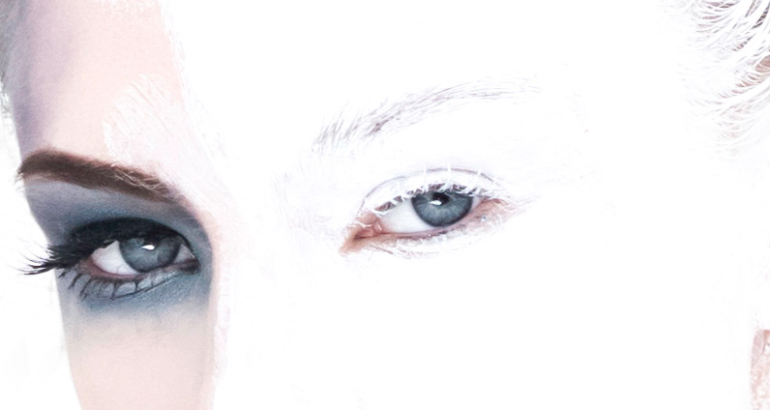Written By: Dr Marisa Heyns MBChB (UCT), MSc Aesthetic Medicine and Therapeutics
It might not feel like it, but summer is almost around the corner, and although we might not always admit to it – deep down inside some of us want to be able to show off those healthy glowing sun-kissed skins. The problem, however, is that we underestimate the damage that UV radiation can have on our skin. This includes sun damage with pigmentation (photodamage) and the unwanted acceleration of skin ageing (photoaging).
Did you know that worldwide 50% of people over 50 will suffer from some form of pigmentation? It is therefore not surprising that it is one of the leading concerns among clients that visit us at Dr Nerina Wilkinson SKIN.
Hyperpigmentation is perhaps one of the conditions that interest me most as an aesthetic practitioner and trainer. Not only because it requires a complex understanding of the intricate processes that ultimately lead to an increase in pigment production (melanogenesis) and darkening of the skin, but it is considered perhaps one of the most challenging conditions to manage. One of the reasons for this is that there is more to pigmentation than just sun and UV light exposure.
You can have pigmentation problems because of many other causes. These include hormonal pigmentation or melasma, caused by fluctuation or an increase of circulating oestrogen and progesterone hormones in your body. This could be either through pregnancy or using hormonal medication (contraceptives or hormonal replacement treatments). Inflammation of the skin either through damage from acne, or skin treatments such as lasers or radiofrequency can activate pigmentation (post-inflammatory hyperpigmentation). Then there are the unavoidable genetic causes such as freckles, which can be quite cute when we are young however it becomes a nightmare when dreaming of having an even complexion. Certain prescription medications, even painkillers have been found wanting in the activation of the pigmentation process, as well as the nice smelling perfumes and uber natural oils we put on our skin on a daily basis. And, if that is not enough to make you want to grab your sunhat and sunglasses and hide away until next winter, further sun and UV exposure will exacerbate and worsen these unwanted imperfections and blemishes on your skin. It is a no-brainer as to why many of us hide away under layers of chemical-laden liquid foundations and try to cope with low self-esteem issues as a result.
The good news, however, is that there is a lot we can do to limit and manage these sometimes unavoidable causes.
Trust me on the Sunscreen:
First and foremost, as it goes in medicine, prevention is always better than cure. Investing in a good sunscreen product SPF 50 is key to limiting the UV penetration into the skin. There are many sunscreen products available and one for every skin type. We prefer that our clients use products that cover a broad light spectrum (UVA, UVB, visible and infra-red radiation.) And ladies and gents: it is unfortunately not a once-daily application! There is no miracle molecule that is going to cling to your skin for 24 hours. Re-application of sunscreens is a must and especially after treatments that temporarily wound your skin. (micro-needling, chemical peels, laser, radiofrequency etc.) The second fact that we sometimes forget, is that our skins cannot differentiate between UV light from the sun or from the numerous artificial lights we are exposed to. These include indoor lighting, computer and television screens, and yes, even the light emitted from your phone especially when you lie in bed at night scanning Facebook or reading this post ????
When considering treatment options, there are a lot of different ways we can treat hyperpigmentation. It is important to remember that the underlying cause of the pigmentation needs to be considered and managed as much as possible to ensure a good outcome. For example, you cannot effectively treat pigmentation due to hormones if you do not address the actual hormonal problem, pigmentation will always come back. Secondly, the moment you stop a prescribed depigmenting or brightening treatment, those little cells that make melanin (melanocytes) will wake up and start the depigmenting process all over again.
Treatments offered at Dr Nerina Wilkinson SKIN include:
Brightening Chemical Peels:
The Peel: A bit of a confusing term. Chemical peels do not always cause peeling of the skin. Our series of brightening peels aim at keeping pigment making cells (melanocytes) asleep and therefore lessen the production of pigment resulting in the eventual lightening of the skin. This treatment is indicated for those of us that require an instant brightened and more even complexion, with absolutely no expected downtime.
Depigmenting Medical Chemical Peels:
Now we are talking about the actual skin peeling treatments where we aim to remove the outermost layer of the skin (epidermis) that already contains cells with deposited pigment. And as you can imagine, like a snake shedding its skin, you are not going to look your best for a couple of days (3-5 days). However, this process of skin regeneration is vital to remove old skin cells that contain pigment, and replacing it with brand new unblemished skin cells, that will leave you skin looking and feeling like your one-year-old’s baby bum. Unfortunately, people with darker skins are prone to inflammation when treated with TCA peels, and therefore not good candidates for this particular treatment.
Laser Treatments:
Intermittent pulse laser or better known as IPL is an excellent way to treat pigmentation in the skin. These innovatively designed lasers are programmed to only target pigment (melanin and haemoglobin), whilst ignoring the rest of the skin cells. IPL is an excellent choice for those of us who suffer from hardy pigmentation that cannot be treated by superficial chemical peels, as well as those among us who do not have the luxury of having too much downtime. Instead of peeling skin, you are able to camouflage the treated areas with a liquid foundation (and sunscreen of course). The other downside to laser treatments is, that it can make pigmentation worse among darker skin clients or those who are prone to inflammation. It is therefore important to have a proper skin consult with a knowledgeable skin therapist or doctor before choosing this option.
Micro-Needling or Mesotherapy with Depigmenting solutions:
The process whereby we infuse a combination of active ingredients into the skin, capable of shutting down melanocytes and the enzymes that work so hard at making pigment. And the bonus is that is safe in all skin types along with minimal downtime.
Medical Treatments ( Cosmelan and Dermamelan):
Considered to be the safest and most effective, and my personal favourite depigmenting treatment, because it can treat a variety of pigmentation problems in all skin types. The treatment process involves the application of a depigmenting mask at the clinic, followed by a daily home application of a maintenance cream for 8-12 months. Again, unfortunately, there is no miracle molecule in this formulation that is going to banish melanocytes forever. The pigmentation will stay at bay for as long as you apply the cream, continue with rigorous sunscreen application and limiting sun exposure.
As you can see, there is no need to fear or hide away anymore. Come and visit us at Dr Nerina Wilkinson SKIN, to schedule your own skin assessment. We are happy to assist in helping you attain the brightest, healthiest and unblemished skin you have always dreamed of.



